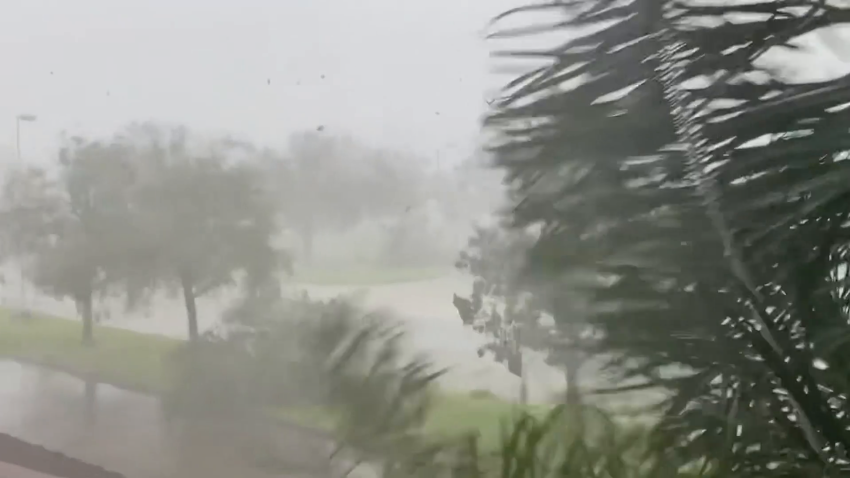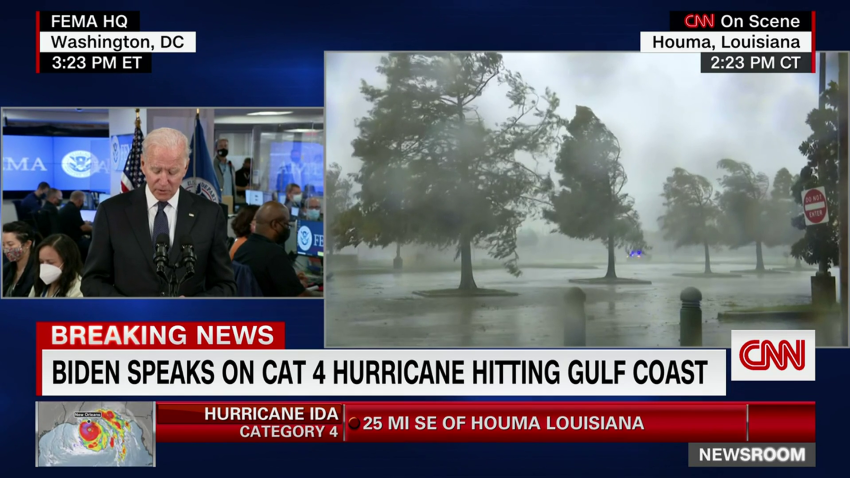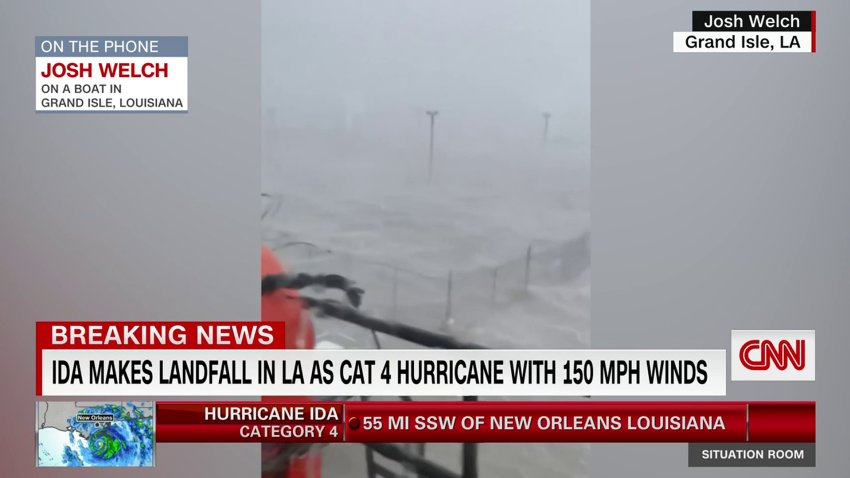Colonial Pipeline, which bills itself the largest refined products pipeline in the US, is temporarily shutting down two fuel lines between Houston, Texas, and Greensboro, North Carolina, as a precaution due to Hurricane Ida, the pipeline’s operator said Sunday afternoon.
Lines 1 and 2 were shuttered “as a precautionary and routine safety measure,” Colonial Pipeline said in a statement. Lines 3 and 4, which carry fuel from Greensboro to Linden, New Jersey, have not been impacted and remain operational, they said.
The pipeline operation emphasized that fuel supply continues to be available “throughout the southeast” from numerous terminals located along the supply route.
Some context: The 5,500-mile Colonial Pipeline provides nearly half the gasoline and diesel consumed by the East Coast, making it one of America’s most important pieces of energy infrastructure.
Colonial Pipeline said it expects to get back to full service after evaluating its infrastructure and executing a startup plan.
“This is temporary,” Colonial Pipeline spokesperson Eric Abercrombie told CNN. “We do this as a safety precaution during severe weather events.”
For instance, Colonial Pipeline said it shut down fuel lines due to an ice storm earlier this year as well as during two hurricanes last year.
In May, the Colonial Pipeline was knocked offline for six days by a ransomware attack that caused panic-buying in the Southeast.












